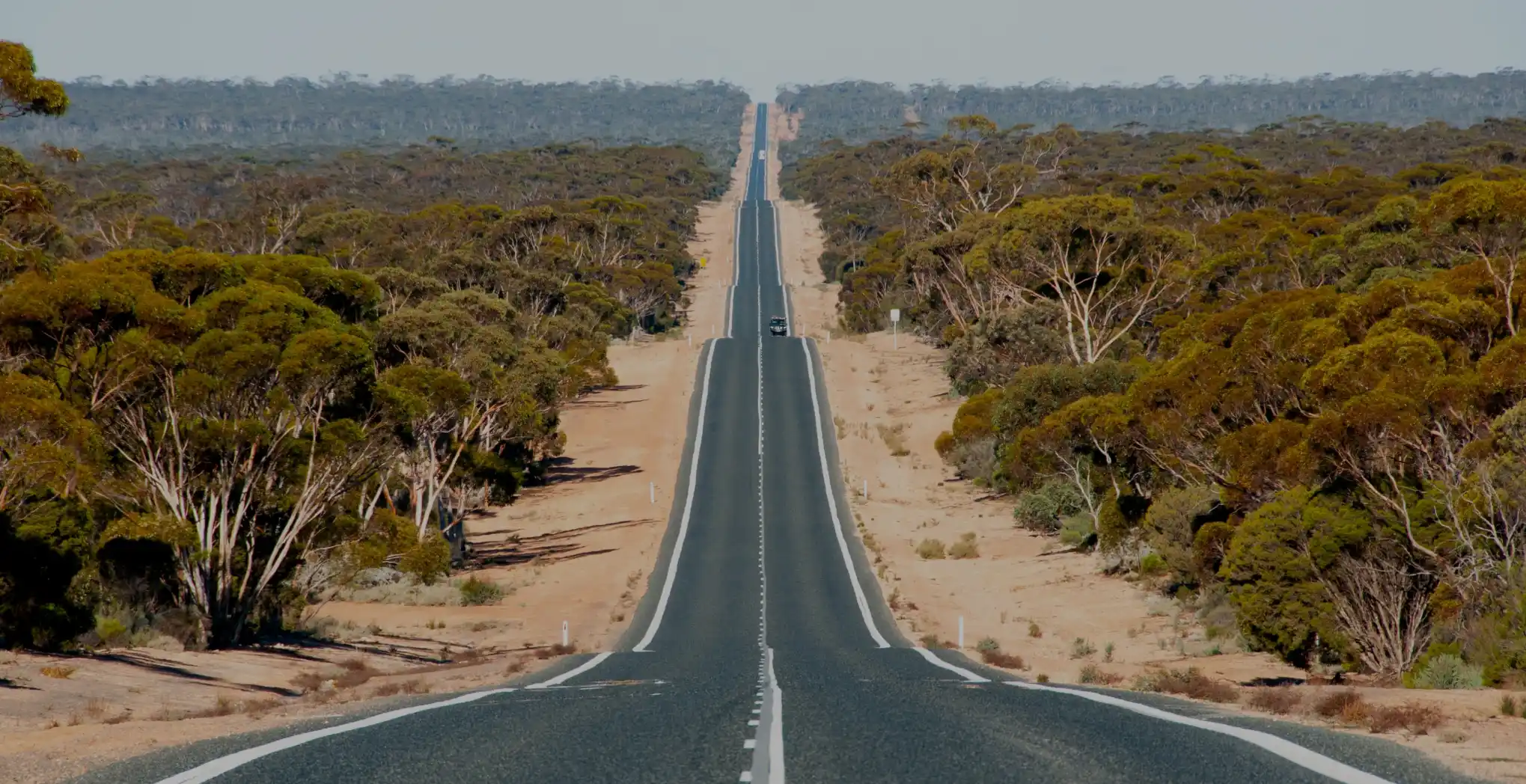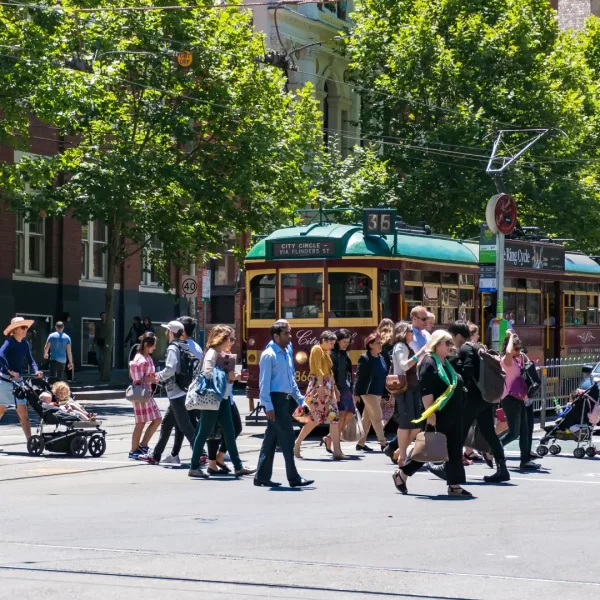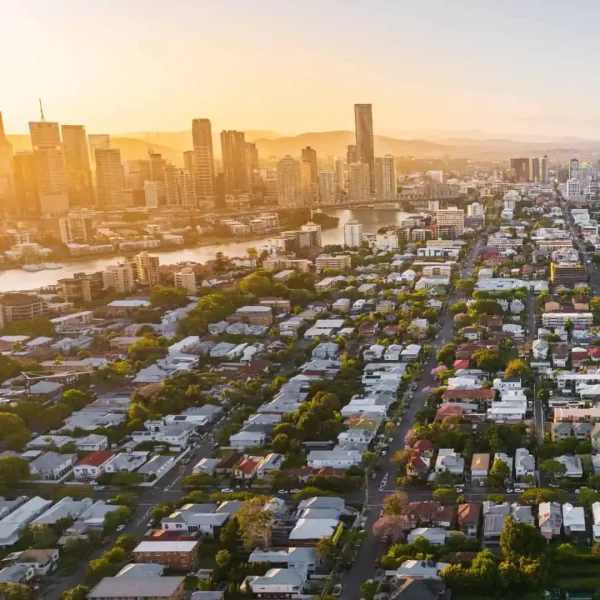
Unlocking the hidden patterns of long-distance travel in Australia
8 October 2025
Written by
Long-distance travel is the invisible thread connecting Australia’s regions, and new data is helping us map it like never before.
Most travel in Australia happens close to home—within our neighbourhoods or city. But long-distance travel, though less frequent, plays a critical role in connecting regions, supporting tourism, and shaping infrastructure investment. It’s also notoriously difficult to measure.

Traditionally, analysts have relied on visitor surveys, patronage data (air, rail and coach), and traffic counts to build a rough picture of long-distance travel. These methods offer limited sample sizes and often miss key behavioural insights.
At VLC, however, we’re changing that to offer a more comprehensive level of insight into long-distance travel patterns in Australia.
Smarter data, deeper insights
With the rise of passively collected data from smartphones – which is already being used extensively for other movement and place applications – it’s possible to now observe long-distance travel at scale.

VLC’s People Movement Data is an example of this, which, combined with traditional data sources, can be used to:
- Identify time-of-day profiles for long-distance trips by origin-destination
- Split markets by demographic segments, group size, trip purposes, and travel modes
- Build scenario models to test service changes (e.g. doubling coach frequencies) on travel demands.
Real-world applications
We’ve built and applied these models across a range of use cases — from measuring the audience reach of digital billboards to forecasting demand for improved regional and inter-capital rail services.
For new market entrants or airlines seeking new routes, People Movement Data analysis can reveal corridors with significant travel volumes that are underserved by existing options.

For example, we can identify the potential markets for overnight rail and coach services between Brisbane, Sydney, Adelaide, Melbourne and beyond. By analysing trips arriving in a capital city before say 9am, we can split this potential demand for overnight services by potential offerings — from premium private cabins to cost-effective bunk-style pods — echoing innovations already rolling out in Europe.
Other impactful examples of long-distance travel applications for GPS mobility data include:
- Tourism Strategy Development: Regional tourism boards can use long-distance travel data to identify peak travel corridors and underperforming destinations, helping tailor marketing campaigns and infrastructure investments to actual visitor flows.
- Emergency Response Planning: Understanding long-distance movement patterns can support disaster preparedness—such as estimating evacuation volumes or planning emergency service coverage for remote areas.
- Service and Retail Planning: Retailers and service providers can use long-distance travel data to identify high-traffic corridors and regional hubs with unmet demand, helping guide site selection, store formats, and marketing strategies tailored to transient or regional customer bases.
Looking to explore a new corridor or service?
So, whether you’re a transport operator, government agency or retailer, our team can help you build the dataset and model you need to understand your market — and make data-driven decisions without guesswork or assumptions.



